Hear Me Now: The Black Potters Of Old Edgefield, South Carolina Now Open At The Met
Important Exhibition Adds Great Insight To Ceramics Field
October 14, 2022
The landmark exhibition Hear Me Now: The Black Potters of Old Edgefield, South Carolina recently opened at The Metropolitan Museum of Art. Focusing on the work of African American potters in the19th-century American South, in dialogue with contemporary artistic responses, the exhibition presents approximately 50 ceramic objects from Old Edgefield District, South Carolina, a center of stoneware production in the decades before the Civil War. It will include monumental storage jars by enslaved potter and poet David Drake, alongside rare examples of the regions utilitarian wares, as well as enigmatic face vessels whose makers were unrecorded. Considered through the lens of current scholarship in the fields of history, literature, anthropology, material culture, diaspora, and African American studies, these vessels testify to the lived experiences, artistic agency, and material knowledge of the enslaved peoples of this area. The exhibition is made possible by Kathryn Ploss Salmanowitz, The Mets Fund for Diverse Art Histories, the Terra Foundation for American Art, Anthony W. and Lulu C. Wang, The Peter Jay Sharp Foundation, and the Henry Luce Foundation. It is organized by The Metropolitan Museum of Art and the Museum of Fine Arts, Boston. As the first exhibition from The Mets American Wing to highlight the work of enslaved makers, this project marks a pivotal moment in the museums efforts to tell a more inclusive and expansive story of artistic expression, both past and present. These remarkable vessels help tell untold histories, while also raising complex questions regarding the collecting, display, and interpretation of objects made by enslaved individuals, said Max Hollein, Marina Kellen French Director of The Met. Displayed alongside the 19th-century works are contemporary works that reflect the spirit of, or were directly inspired by, Edgefield traditions. Taken together, along with the scholarly publication, audio guide, and upcoming public programs, this exhibition celebrates the creative practices of all artists on display as enduring tools of communication and activism. Exhibition Overview In the decades before the Civil War, a successful alkaline-glazed stoneware industry developed in Old Edgefield District, a clay-rich area in the western most part of South Carolina. From the beginning, enslaved African Americans were involved with all aspects of this labor-intensive industry. The stoneware they made, durable, impervious, utilitarian vessels of varying sizes and forms essential for food preparation and storage, supported the areas expanding population and was inextricably linked to the demands of a lucrative plantation economy. Hear Me Now sheds light on the many contributions and lived experiences of the hundreds of men, women, and children who labored within slaverys system of oppression by presenting a fuller picture of the regions stoneware production. The exhibition opens with a display of 12 monumental masterpieces by Edgefields best-known artist, David Drake, known as Dave, who signed, dated, and incised verses on many of his jars, even though literacy among enslaved people was criminalized at the time. The verses bear witness to the joys, traumas, and lived experience of enslavement, echoing the prose of abolitionists such as Frederick Douglass and Harriet Jacobs. Among the highlights is a selection of 19 regional face vessels, ceramic vessels embellished with hand-modeled facial features in high relief. Also referred to as face jugs, the emergence of these vessels coincides roughly with the 1858 arrival of a slave ship illegally transporting more than 400 captive Africans, some 50 years after the transatlantic slave trade had been outlawed in the United States. More than 100 of these individuals were sent to Edgefield, where many were put to work in the potteries. Growing evidence suggests that this late arrival of captive Africans served as a catalyst in the re-emergence of African-inspired art, religion, and culture in the region. Face vessels bear a close resemblance to minkisi, or ritual objects, which were important in West-Central African religious practices where ritual experts used kaolin as a sacred substance to facilitate communication between the living and the dead. Kaolin inserts are found in Edgefield face vessels, suggesting similar spiritual meanings. Speaking to Edgefields continued resonance, and offering connections to an otherwise fragmented past, the contemporary pieces in Hear Me Now include works by Black artists who have responded to or whose practice resonates with the Edgefield story, such as Simone Leigh, Adebunmi Gbadebo, Woody De Othello, Theaster Gates, and Robert Pruitt. The exhibition also steps back centuries prior to European and American incursions on what is now the southeastern United States when Indigenous peoples had developed tools and techniques to take advantage of the areas rich clay deposits. Within the galleries is an example of an earthenware bowl dating to around 1500 by an unidentified Woodland artist, on view alongside a contemporary vessel by Earl Robbins, a Catawba Indian Nation potter. Augmented by a scholarly publication, robust audio content, and an upcoming program of educational offerings and a symposium, Hear Me Now represents a critical contribution to the field of American art. Following the exhibitions debut at The Met, it will travel to the Museum of Fine Arts, Boston (March 6July 9, 2023), the University of Michigan Museum of Art, Ann Arbor (Aug. 26, 2023Jan. 7, 2024), and the High Museum of Art, Atlanta (Feb. 16May 12, 2024). The exhibition will be The Met Fifth Avenue, Gallery 955, Robert Lehman Wing, until Feb. 5, 2023.

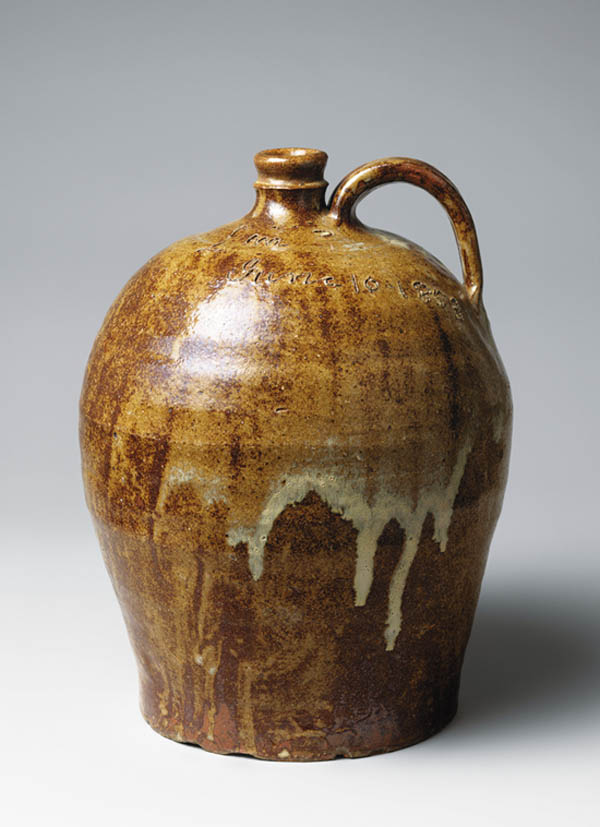
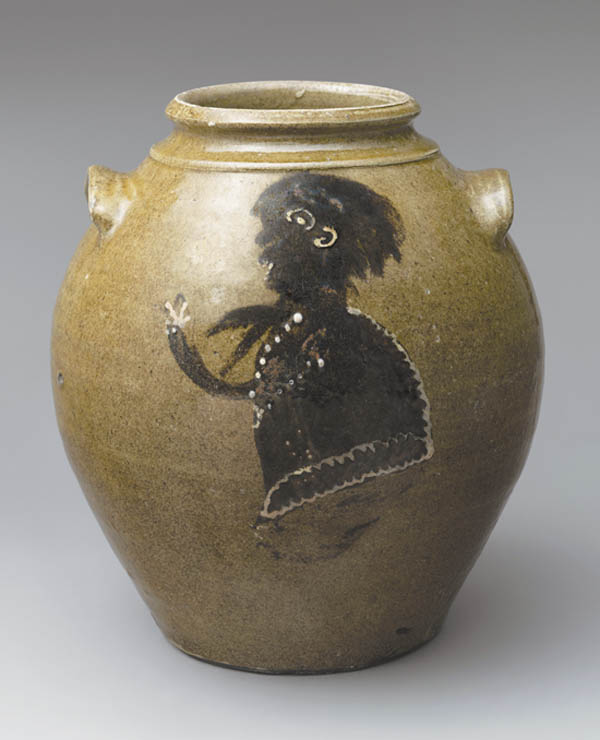
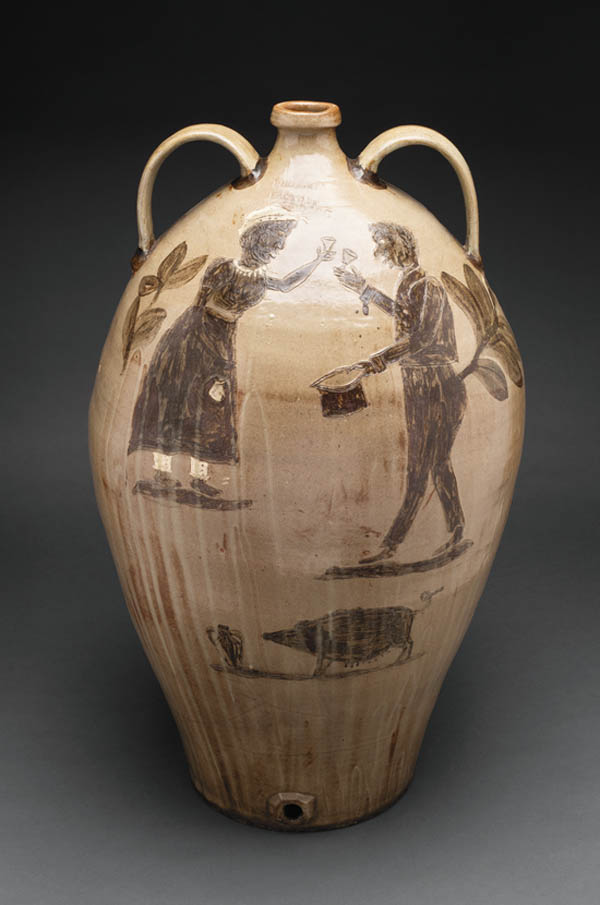
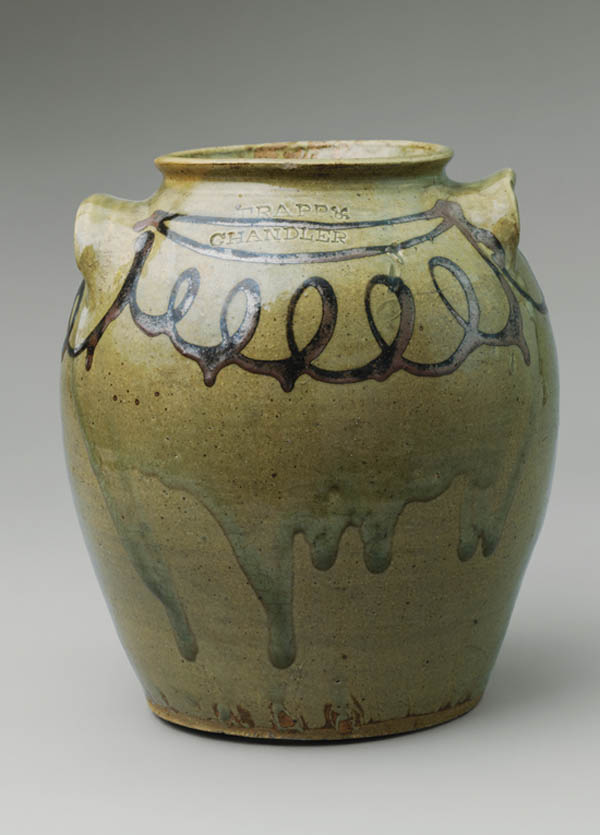
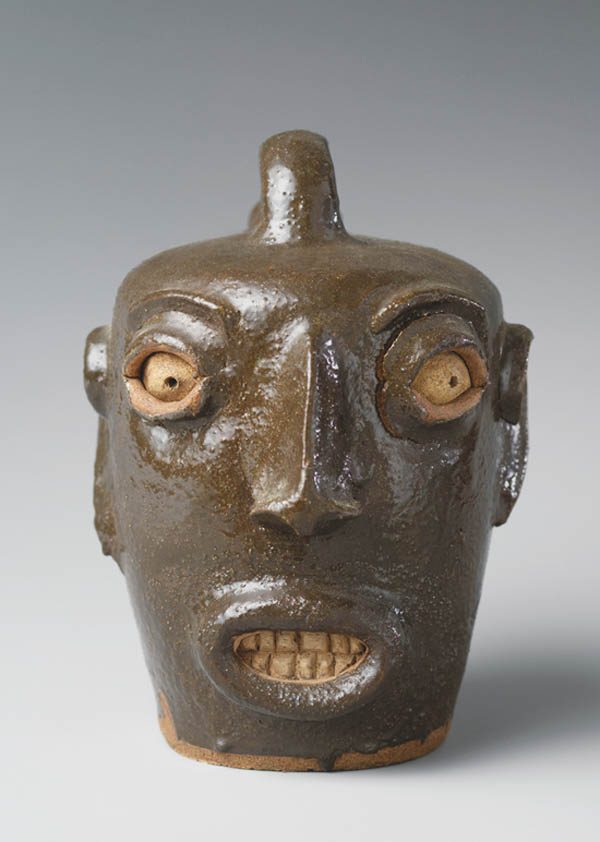
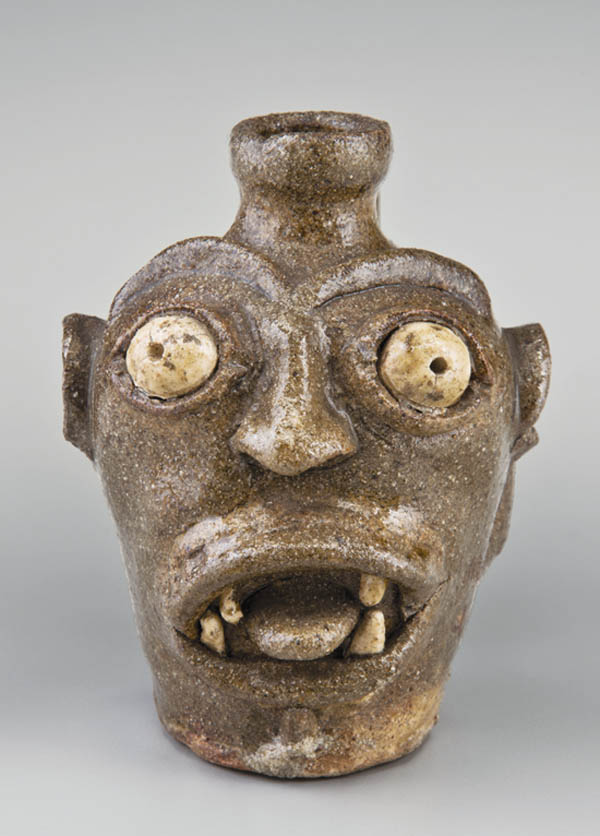
SHARE
PRINT